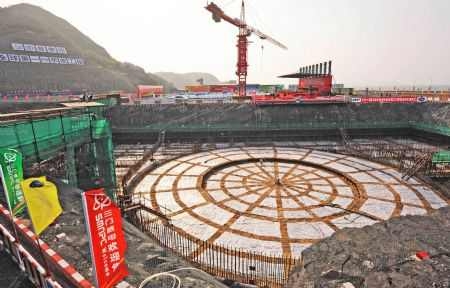
China adheres to 3rd generation nuke technology
No less than third generation technology.
China's decision to adhere to "third-generation" technology for new reactors is certainly good news for foreign reactor builders including France's Areva and U.S.-based Westinghouse, which is owned by Japan's Toshiba.
Third generation technology meets the highest international safety standards.
China's current fleet of nuclear reactors is mostly second-generation and is based on a variety of designs from Canada, France and Russia.
The country is building four Westinghouse-designed AP1000 third-generation reactors, which will be the first of this model to go into operation globally, as well as two Areva EPRs in the southern province of Guangdong.
But China will approve only a small number of new nuclear reactors before 2015 to be built only in coastal regions, said its government as it unveiled a raft of measures to spur private investments in energy.
China said it would also promote price reforms for electricity, coal, oil and natural gas and pledged to boost its hydro, solar and wind power generation in an effort to cut emissions.
The approval of new nuclear safety and development plans comes after a near 20-month ban by Beijing on approvals of new plants following the Fukushima disaster in Japan.
The latest plan could pave the way for Beijing to resume approvals, which would be a boon to Chinese nuclear power equipment makers including Shanghai Electric Group Co. and Dongfang Electric Corp., whose long-term contracts have been frozen during the ban.
For more.























 Advertise
Advertise






